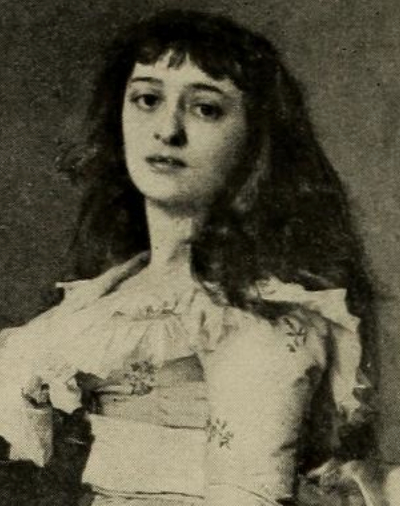On this date in 1754, revolutionary Marie-Jeanne Roland de la Platière, known as Madame Roland, was born in Paris. Her father was a fairly prosperous engraver. She was the only child after six siblings died in infancy. She taught herself to read at age 5 and as a child was very religious. Only a few years later she started to question Catholic doctrine. Reading the controversial works of theologian Jacques-Bénigne Bossuet led her to apply the test of reason to her faith when she was a teen, wrote her biographer Ida M. Tarbell: “Each system she examined, fascinated her. In turn she was Jansenist, stoic, deist, materialist, idealist.”
She married Jean-Marie Roland de la Platière in 1780. Their home was eventually a hub of the Girondists of the revolution and she became the famed Madame Roland. She wrote political articles for such journals as Courrier de Lyon. When the Rolands spoke out against the excesses of the revolution, Robespierre had her imprisoned. During her five-month detention, she penned her Memoirs and tried to assist prisoners at the jail for prostitutes where she had been placed.
Roland was sentenced to die the same day she was found guilty in 1793 of betraying the revolution. Glimpsing a statue embodying “liberty” on the way to the scaffold, she famously said: “O Liberte, que de crimes on commet en ton nom!” (“O Liberty, what crimes are committed in thy name.”) When her husband heard a few days later in his hiding place in Rouen that she had been executed, he committed suicide.


